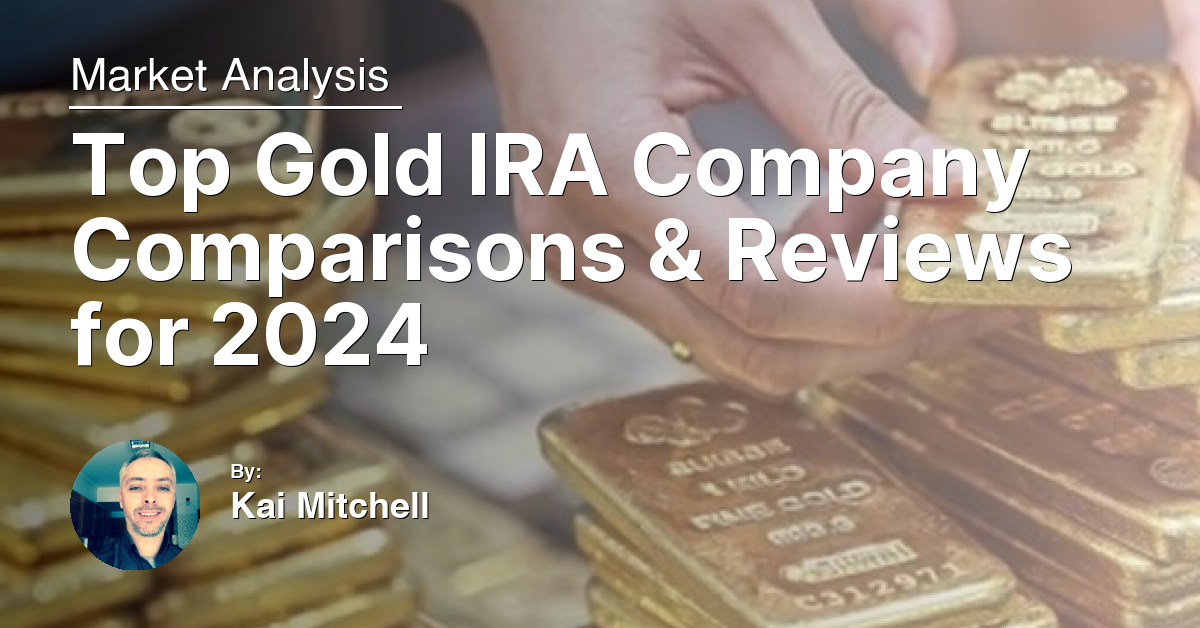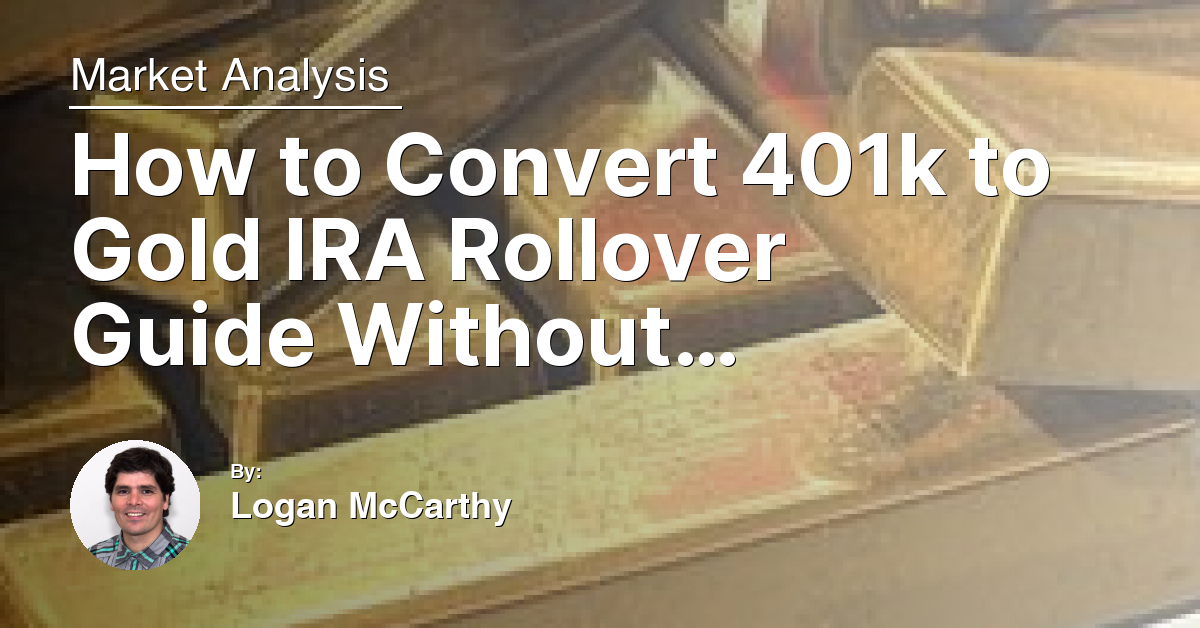In a world where financial markets fluctuate with the blink of an eye, investing in gold and silver remains a timeless strategy for those looking to diversify their portfolios and secure their future. This comprehensive guide to precious metals in 2024 invites both novice and seasoned investors to explore the enduring value of gold and silver, offering expert insights, practical advice, and the latest market trends to navigate the shimmering landscape of these age-old stores of wealth. Whether you’re contemplating your first purchase or looking to refine an existing collection, step into the lustrous world of precious metals and discover how to make these treasures work for you.
Strategies for Acquiring Physical Gold and Silver
To acquire physical gold and silver, investors have several strategic options, each with its own risk and potential return profile. One popular method is purchasing bullion coins, like the American Gold Eagle or the Krugerrand, directly from reputable dealers or banks. These coins are recognized for their gold content and the trust in their weight and purity, making them a straightforward investment in precious metals.
Another approach is buying gold bars. Investors often prefer bars for their lower premiums over the spot price of gold compared to coins. However, it’s crucial to purchase from credible sources to avoid counterfeit products. Storing these assets securely, either in a home safe or through a custodial service with insurance, is a necessary step to protect your investment.
Diversifying within the precious metals space can also involve purchasing silver coins or bars. Silver, while less expensive per ounce than gold, can offer a higher rate of return due to its volatility and industrial demand. It’s important for investors to stay informed about market trends, as factors like economic interventionism and technological change can significantly impact prices.
Lastly, consider consulting with a financial adviser or wealth management professional to tailor your precious metals portfolio to your overall investment strategy, considering your risk tolerance and financial goals. This personalized approach can help in balancing your portfolio with other assets like securities, commodities, and even cryptocurrency, to achieve a diversified and resilient investment strategy.
Exploring Gold and Silver IRAs for Retirement Savings
Choosing to invest in a Gold or Silver IRA requires understanding the specific rules associated with these accounts, including the types of metals allowed and the storage requirements mandated by the IRS. Firms like Interactive Brokers or TradeStation can facilitate these investments, offering options for buying physical gold or silver or investing in futures contracts for those looking for exposure without holding the physical metal.
It’s crucial to consider the costs associated with precious metals IRAs, such as setup fees, storage costs, and potential insurance for the physical assets. While these IRAs can offer valuable protection and growth potential, the rate of return and profit margins can vary based on market demand, exchange rates, and economic factors. Consulting with a financial adviser who understands the intricacies of precious metals investing can help tailor a strategy that fits your retirement goals and risk tolerance.
Choosing Between Bullion, Coins, and Jewelry Investments
When deciding between investing in bullion, coins, or jewelry, consider the primary goal: wealth preservation, potential growth, or a mix of both. Bullion, in the form of gold bars or silver ingots, offers a direct reflection of the market value, making it a favored choice for pure investment purposes. Its value is directly tied to its weight and the current market price of the metal, offering transparency and efficiency in trading.
Coins like the American Gold Eagle or Krugerrand add a collectible angle, potentially increasing in value beyond the metal’s worth due to rarity, demand, and historical significance. However, premiums over the spot price of gold or silver can be higher for coins, impacting the initial investment cost.
Jewelry, while an aesthetic and cultural asset, typically carries the highest markup due to craftsmanship and design, making it less ideal for those focused on investment returns. It’s subject to fashion trends and can incur significant losses in value if sold for scrap.
In sum, bullion is preferred for those prioritizing direct market exposure and liquidity. Coins offer a blend of collectibility and investment, appealing to those interested in numismatics and metal value. Jewelry should be considered for its personal and aesthetic value, with less emphasis on financial gain. Diversifying across these options can balance portfolio risk, aligning with broader wealth management and investment strategies.
Navigating the Purchase Process with Retailers and Brokers
When purchasing gold and silver, you can choose between retailers for physical bullion or brokers for securities tied to the price of these metals. Retailers offer gold bars, coins, and jewellery, which can physically diversify your portfolio. Brokers like Interactive Brokers or Morgan Stanley allow you to invest in gold and silver through options, futures contracts, and ETFs, providing exposure without the need to store physical assets.
Understanding the different fees involved is crucial. Retailers may charge a premium over the spot price for physical gold and silver, while brokers have transaction and management fees. Always compare prices and fees to ensure you’re getting a fair deal.
Consider the liquidity of your investment. Physical gold and silver can be harder to sell quickly compared to securities that trade on the securities market. However, in times of economic crisis or when the value of fiat money is questioned, physical metals can offer a more stable investment.
Key Considerations for Your Gold and Silver Investment Plan
When crafting your gold and silver investment plan, diversification is paramount. Including precious metals as part of your portfolio can hedge against volatility in the securities market, thus providing a safer haven during economic downturns or financial crises. Remember, gold and silver should complement other assets like stocks, bonds, and possibly cryptocurrency, not replace them entirely.
Consider the form of your investment. Gold and silver can be purchased as bullion coins, bars, or through futures contracts and exchange-traded funds (ETFs). Each option has its unique advantages, from the physical ownership of a gold bar or coin to the liquidity and convenience of ETFs. Pay attention to the premiums over the spot price for physical gold and silver, as they can affect your profit margins.
Stay informed about factors influencing gold and silver prices, such as interest rates, the value of the U.S. dollar (fiat money), and geopolitical events. Changes in these areas can significantly impact the value of your investment. Moreover, consider the costs associated with buying and storing physical gold and silver, as these can erode returns.
Finally, leverage reputable sources and platforms, whether you’re trading on TradeStation, purchasing through the United States Mint, or exchanging cryptocurrency for gold. Ensure transparency and reliability to protect your investment and profit in the long term.
FAQ
Is collecting gold and silver a good investment?
Collecting gold and silver can be a good investment, especially in times of economic instability and market volatility. These precious metals can serve as a hedge against inflation and uncertainty in the economy.
How to invest in gold and silver for beginners?
Investing in gold and silver for beginners can be done through exchange-traded funds (ETFs). Gold and silver ETFs trade like regular stocks through a stock brokerage, making it a simple way to start investing in precious metals.
How much gold and silver should you own?
You should own an average allocation of 5-10% in gold and silver, according to many analysts. However, the ideal amount may vary depending on your risk appetite and long-term goals.
Does Dave Ramsey recommend investing in gold and silver?
Dave Ramsey does not recommend investing in gold and silver.

